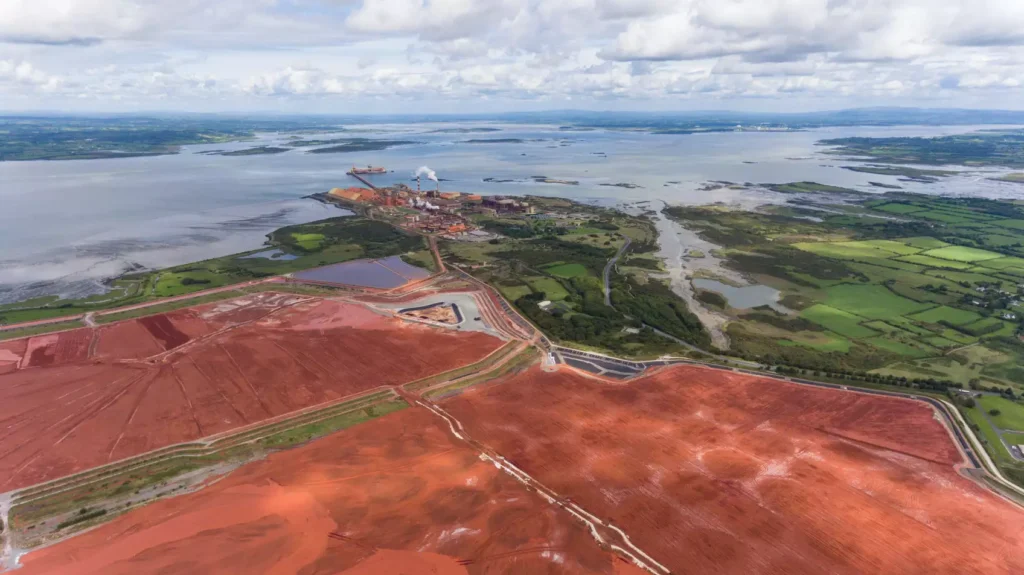Steel production is a major contributor to global carbon dioxide (CO2) emissions, making it a significant target for sustainable and environmentally friendly solutions. Traditional steelmaking processes involve the use of coal and coke, resulting in substantial greenhouse gas emissions. However, a promising and innovative approach known as “green steel” is emerging, focusing on reducing or eliminating carbon emissions from steel production. One intriguing avenue involves the extraction of CO2-free iron from red mud, a byproduct of aluminium production, using an economical process powered by green hydrogen.
Understanding Red Mud:
Red mud, also known as bauxite residue, is a byproduct generated during the extraction of alumina from bauxite ore in the production of aluminium. It is highly alkaline and often stored in large impoundments, posing environmental challenges due to its caustic nature. Finding sustainable and economically viable ways to repurpose red mud is crucial for both the aluminium and steel industries.

The Green Steel Approach:
The green steel approach aims to produce steel with minimal or zero carbon emissions throughout the entire production process. In this context, red mud offers an intriguing opportunity as it contains iron oxide, the primary raw material for steel production. Utilizing red mud for green steel production involves an innovative process that combines efficient iron extraction with green hydrogen.
Extraction of Iron from Red Mud:
To extract iron from red mud, a process involving reduction reactions is employed. Traditional methods utilize carbon or natural gas as reducing agents, contributing to carbon emissions. However, the green steel approach utilizes green hydrogen, produced through renewable energy sources like wind or solar power, as the reducing agent. This not only eliminates carbon emissions but also aligns with the broader goal of transitioning towards a hydrogen-based economy.
Green Hydrogen as the Key Player:
Green hydrogen, produced through the electrolysis of water using renewable energy, plays a pivotal role in the green steel from red mud process. In this approach, water is split into hydrogen and oxygen, and the produced green hydrogen is then used to reduce iron oxide in red mud to elemental iron. This clean and sustainable process ensures that the overall carbon footprint of the steel production is drastically reduced.
Economic Viability:
One of the critical aspects of any sustainable solution is its economic feasibility. The green steel from red mud approach demonstrates promise in terms of economic viability. The use of green hydrogen, although currently more expensive than conventional hydrogen derived from fossil fuels, is expected to become more competitive as renewable energy costs continue to decline. Additionally, the reclamation of valuable iron from red mud can offset production costs, making the entire process economically attractive.
Environmental and Social Benefits:
The green steel from red mud approach offers numerous environmental and social benefits. By eliminating carbon emissions from steel production, it contributes to global efforts to mitigate climate change. Moreover, repurposing red mud reduces the environmental impact of aluminum production, addressing concerns associated with red mud storage and disposal. This innovative solution also opens up opportunities for job creation in the renewable energy and green steel sectors.
The green steel from red mud approach represents a significant stride towards sustainable and low-carbon steel production. By leveraging green hydrogen and employing an efficient iron extraction process, this innovative method not only addresses the environmental challenges posed by red mud but also contributes to the broader goal of achieving a carbon-neutral future. As research and development in this field continue, the green steel approach could revolutionize the steel industry, paving the way for a cleaner and more sustainable future.




